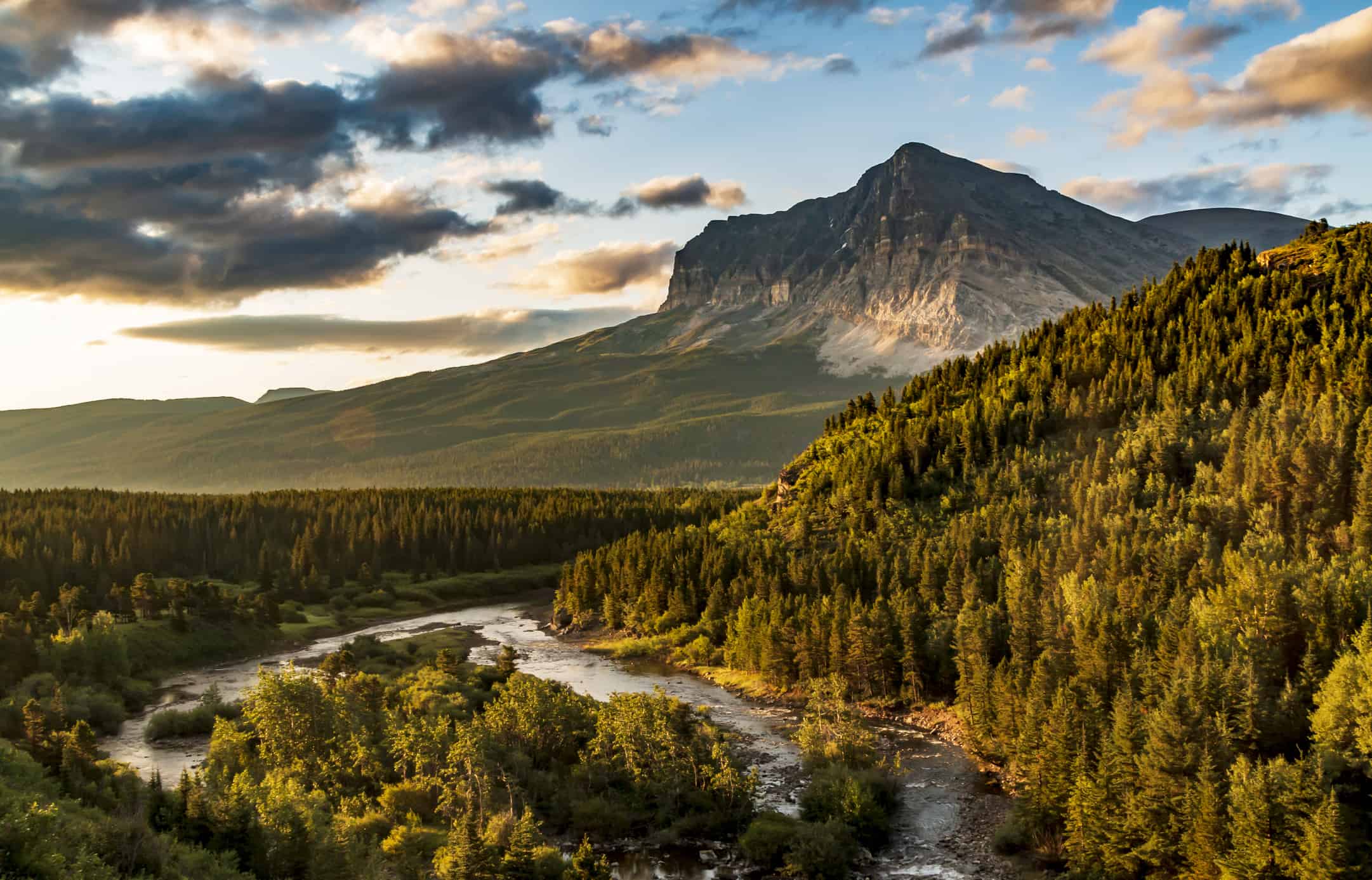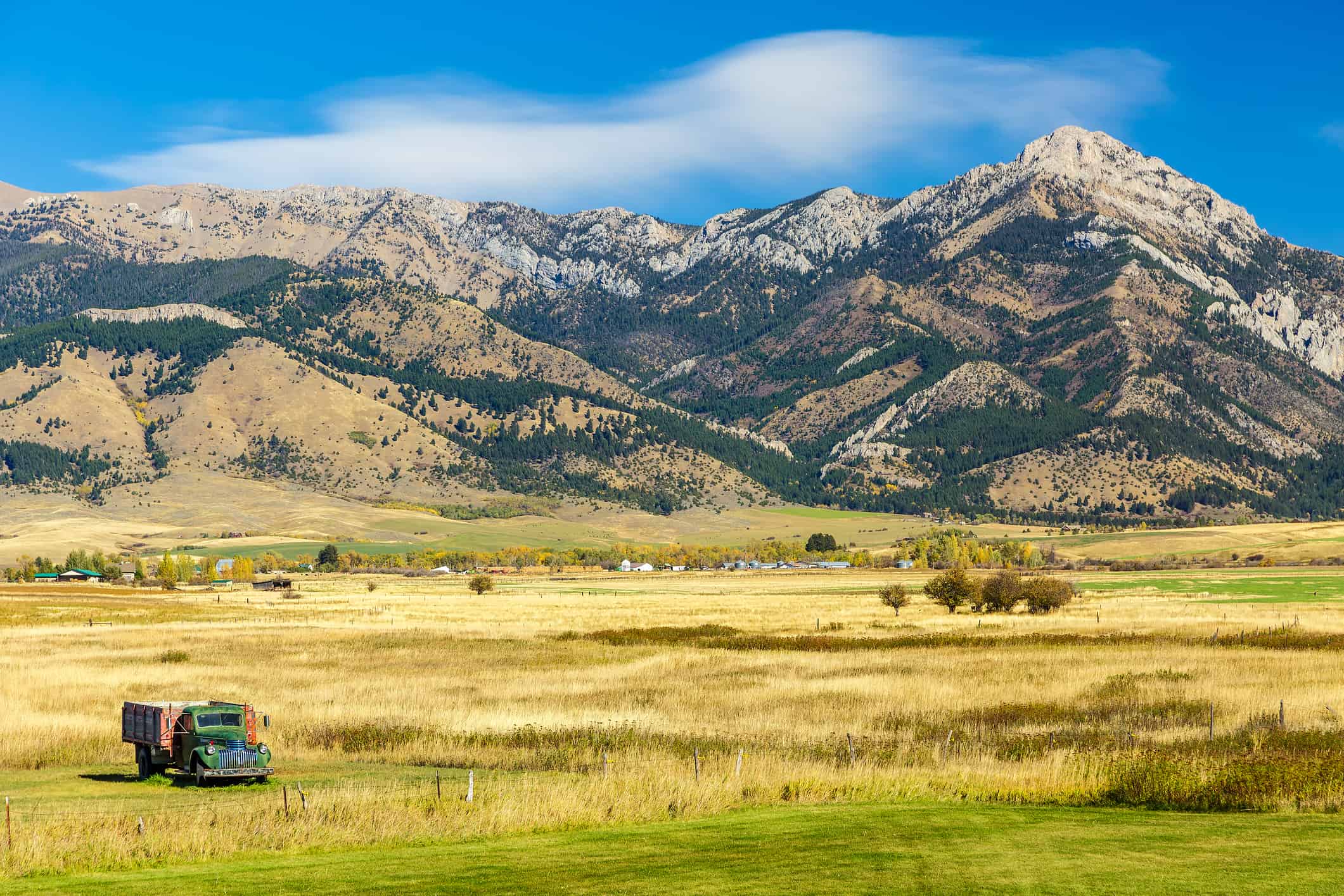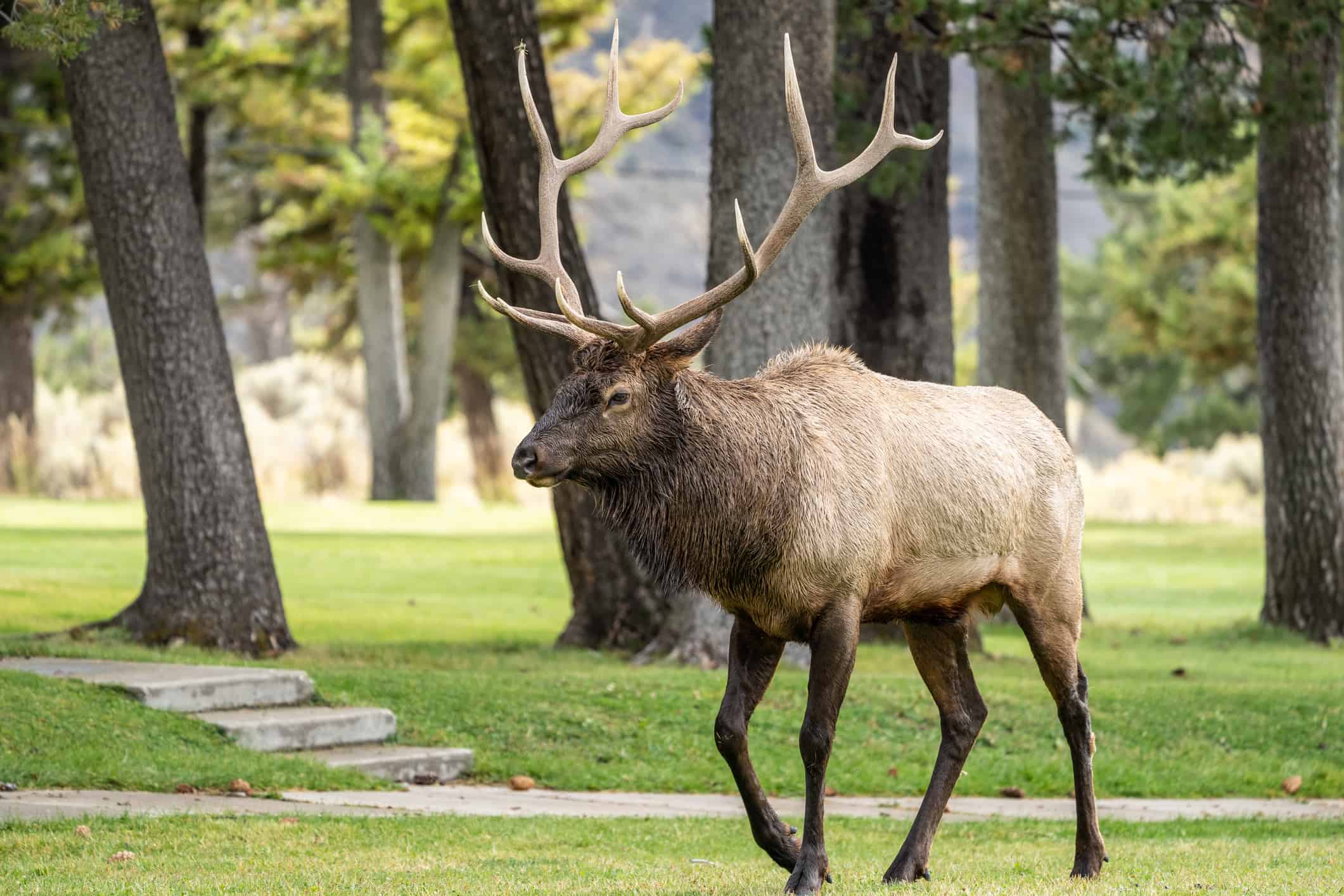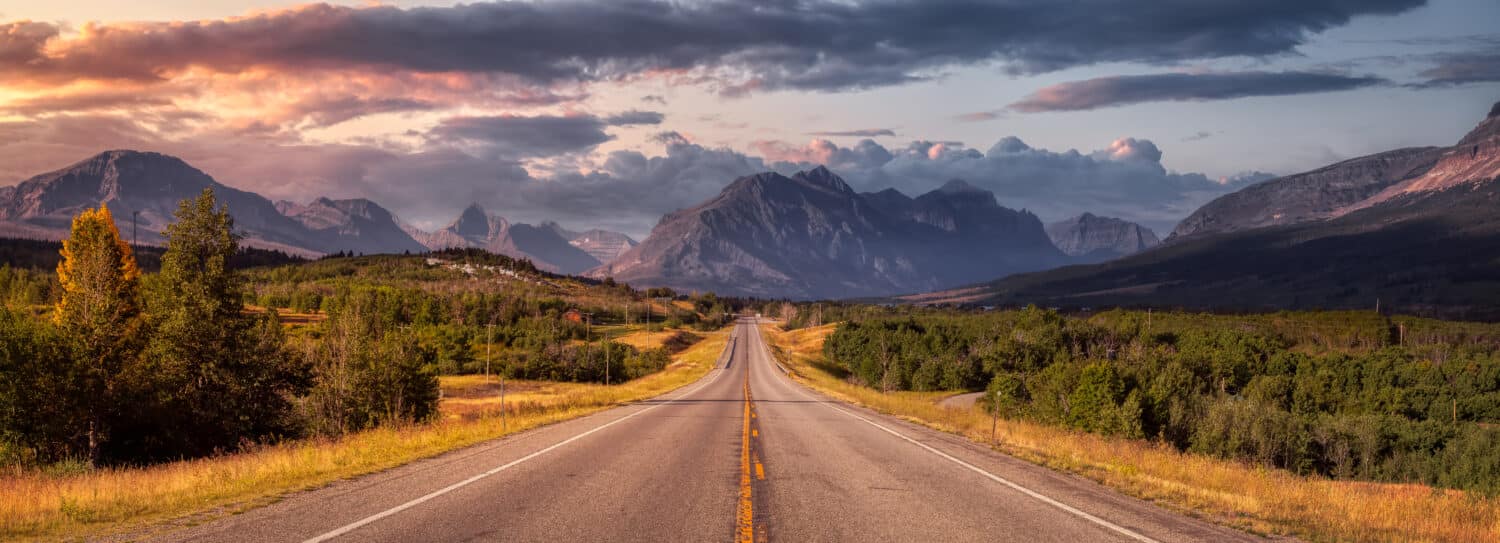Montana, often called “Big Sky Country,” is famous for its vast sprawling landscapes, towering mountains, and small communities that dot the countryside. Here you’ll find the charming town of Ismay, which proudly holds the distinction of being Montana’s tiniest town with a population of just 17 residents. In this article, we’ll delve into the fascinating history, unique character, and daily life of Ismay, which is a place where the sense of community as well as the spirit of the Old West still endure.

The Allure of Ismay: A Glimpse at Montana’s Smallest Town
The Origins of Ismay
Ismay, originally known as Baker, came to life in the early 20th century as a railroad town along the Milwaukee Road, a historic transcontinental railway. The town’s name change occurred in 1910 when Charles M. Bair, a prominent Montana rancher, named it after his daughter, Ismay. This change was a promotional campaign that the railroad initiated to honor wealthy investors’ daughters and gain their patronage.
Size and Population
Ismay’s small population of just 17 residents makes it the tiniest town in Montana but also one of the smallest towns in the entire United States. Its small size, however, fosters a close-knit community where neighbors are more like family, and everyone knows each other by name.
Geographic Location
Ismay lies in eastern Montana, within the region known as the Eastern Montana Plains. The town’s location has stunning views of the open prairie, with the Big Sky stretching far and wide. It is approximately 50 miles east of Miles City, which is a larger city known for its Western heritage.

dramatic summer sunrise in Swift Current Lake in Many Glacier area in Glacier National park with the Grinnell Mt being illuminated by the sunrise .
©Nathaniel Gonzales/iStock via Getty Images
The Lure of the Old West: Ismay’s Unique Character
Western Heritage
Ismay embraces its Western heritage with pride. The town is a reminder of Montana’s cowboy past, where residents still wear wide-brimmed hats, participate in rodeos and own cattle ranches. The annual Ismay Cowboy Classic Rodeo is a beloved community event that draws visitors from near and far.
Historic Buildings
Despite its small size, Ismay still has several well-preserved historic buildings that evoke the essence of the Old West. The Ismay Commercial Hotel, dating back to the early 1900s, is a continuing part of the town’s history.
Ranching Traditions
Ranching is at the heart of Ismay’s identity. The surrounding prairie is home to several cattle ranches that have passed through generations. Ranchers play a significant role in the town’s economy and culture, and the annual branding and cattle drives are important traditions in that part of the country.
Daily Life in Ismay
Sense of Community
Ismay’s small population fosters a strong sense of community. Neighbors rely on each other for support, and social gatherings are a regular occurrence. The Ismay Community Club, a volunteer-based organization, plays a crucial role in organizing events that bring residents together.
Education
The Ismay School, a one-room schoolhouse, serves the town’s few children. With a low student-teacher ratio, students receive personalized attention as well as have a close-knit learning environment.
Close-Knit Families
Families in Ismay have deep roots in the town, due to the small, tight-knit structure of its community. Generations of residents have called Ismay home, creating a strong sense of continuity and tradition.

An old truck in a field at the foot of the Bridger mountain range in Belgrade, Montana
©IslandLeigh/iStock via Getty Images
Challenges of Living in Ismay
Limited Services
Ismay’s size also comes with its own challenges, particularly regarding access to services. The town lacks many of the amenities found in larger communities, and residents often need to travel to neighboring towns for certain essentials.
Economic Dependence
The local economy is also heavily dependent on ranching, which can be vulnerable to market fluctuations and challenging weather conditions. Diversifying the economy is a concern for the long-term sustainability of Ismay.
Connectivity
While the town embraces its old school, rustic charm, limited access to high-speed internet and modern telecommunications can pose challenges in today’s digital age.
The Future of Ismay: A Testament to Montana’s Resilience
Community Resilience
Despite its challenges, Ismay’s resilience is a testament to the spirit of rural Montana. The close-knit community supports each other through thick and thin, and residents are dedicated to preserving the town’s heritage.
Tourism and Preservation
Ismay’s Western heritage and small-town charm have also attracted visitors interested in experiencing the charms and delights of the Old West. However, recent efforts to preserve historic buildings and promote tourism have been providing economic opportunities for the town.
Sustainable Growth
Sustainability and smart growth are ongoing discussions in Ismay. Residents and local leaders have been exploring ways to maintain the town’s character while addressing the modern needs.
Wildlife in Ismay, Montana
Despite its small size and the surrounding prairie landscape, Ismay, Montana, is home to a variety of wildlife species. The Eastern Montana Plains offer a unique habitat for both terrestrial and avian creatures. Here’s a closer look at the wildlife that residents and visitors might encounter in and around Ismay:
Mammals
Mule deer are a common sight in the prairies surrounding Ismay. These elegant creatures are often seen grazing in the open grasslands. Pronghorn, known for their remarkable speed and agility, can be spotted in the region. They are frequently seen on the prairie, especially during their seasonal migrations.
Coyotes are these clever predators that can adapt and thrive in various environments, including the open plains. Coyote howls are also a familiar sound during the night. Various rabbit and hare species, such as the white-tailed jackrabbit, can also be found in the area. They are an essential part of the local food chain.
Finally, prairie dogs, ground squirrels, and other small rodents are prevalent in the grasslands. They play a crucial role in the ecosystem and provide food for larger predators.

Bull Elk walking across grassy area in Mammoth Hotsprings, Yellowstone National Park
©arlutz73/iStock via Getty Images
Birds
Prairie falcons are striking birds of prey that are often seen perched on power lines or hunting for small mammals in the fields. Various raptor species, including red-tailed hawks and bald eagles, are also common sights soaring above the plains. They are skilled hunters that also help control rodent populations.
Ismay’s location along bird migration routes means that during the spring and fall, you can spot various migratory birds passing through the area. These include waterfowl, songbirds, and shorebirds. Hunters also visit the region for upland game birds like pheasants and Hungarian partridges.
Reptiles and Amphibians
Various snake species, including garter snakes and bullsnakes, inhabit the region. While some are harmless, others are venomous, so residents need to exercise caution when they encounter them. Ismay’s occasional wetlands also provide breeding grounds for amphibians like Western toads and Northern leopard frogs. They contribute significantly to the local ecosystems.
Insects
Ismay’s prairies also attract a variety of butterflies and moths, adding color and beauty to the landscape. Grasshoppers are abundant in the prairies and play a role in the local food web. Bees, including honeybees, and other pollinators are essential for the region’s flora and agriculture. Praying mantises are also unique insects who are skilled hunters and can be seen among the grasses.
Conservation and Preservation
While Ismay may not be home to large predators like wolves or grizzly bears, the diverse wildlife that inhabits or passes through the area contributes to the region’s ecological richness. Conservation efforts, including habitat preservation and responsible hunting practices, therefore, play a crucial role in maintaining the delicate balance of the town’s ecosystem. Local residents often cherish the wildlife around them because they are part of the town’s natural charm.
The Endearing Appeal of Ismay
Ismay, Montana, may be the state’s tiniest town, but it still contains the enduring spirit of the Old West and the resilience of Montana’s rural communities. Its rich history, close-knit community, and commitment to preserving Western heritage make it a unique destination. It remains a symbol of Montana’s timeless allure and the strength of its people.
Thank you for reading! Have some feedback for us? Contact the AZ Animals editorial team.








